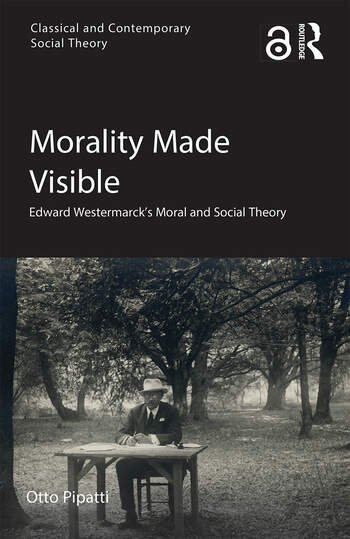By Ireland Bellsmith, Olivia Goertzen, Kia Neilsen and Olivia Stinson
Poverty is both a source and a consequence of injustice. The following is a brief review of some of the many issues at the intersection between poverty and the justice system, and more generally, poverty and access to justice. It is based on a review of the literature as well as some of the prior work by the International Centre for Criminal Law Reform and Criminal Justice Policy, an institute of the UN Crime Prevention and Criminal Justice Programme Network based in Vancouver, BC. In their first report, the National Advisory Council on Poverty (NACP) defined poverty as the deprivation of resources and the lack of power required to attain basic living standards and to facilitate social integration and inclusion, thus clearly linking poverty to social exclusion or marginalization. Although the Council agreed with that broad definition of poverty, initially used in Opportunity for All – Canada’s First Poverty Reduction Strategy, it also acknowledged that a more comprehensive definition would further emphasize the feelings of social disconnect and disempowerment that commonly characterize poverty. Poverty limits people’s access to justice and their ability to resolve conflicts and deal with everyday legal problems. It is a very disempowering and alienating experience. The resulting inability to successfully resolve legal problems is itself contributing to people’s inability to attain or maintain basic living standards. The justice system instead of empowering poor people and allowing them to fight for their rights is too often a source for them of frustration, disillusionment, and disempowerment, as well as a direct reflection of prevailing social inequality and exclusion. The experience of the justice system for marginalized victims of crime and individuals struggling with poverty is also problematic and is also contributing to and dictated by poverty. Yet, poverty is linked to higher rates of victimization and the consequences of victimization are often direr for people experiencing poverty and marginalization. Finally, the experience of people facing criminal charges or being convicted of a crime is also affected by their social and economic status. The likelihood of a criminal conviction and the consequences of a criminal conviction are directly influenced by the means of the defendants and the means and social capital of those who are convicted. The lack of support for convicted offenders, compounding their ostracization, is a further source of inequality and contributes to further entrenching them and their family in poverty and exclusion. This report presents an overview of recent research and general information gathered from persuasive articles, publications, and research studies on the topic of poverty in Canada and its implications and influence on access to justice. By evaluating different areas of justice and legal proceedings, we seek to identify emerging themes in research and analyze effective practices and those that appear to fall short. Thus far, evident themes between poverty and access to justice include unsatisfactory victim experience, conditions leading to incarceration despite the availability of alternatives, lack of legal awareness within communities, and problematic disempowerment. While current practices and legislation have sought to address these obstacles inherent to the Canadian justice system, we suggest that the circumstances of poverty continue to impede equal access to justice in a number of ways and recommend that further research be conducted to evaluate best practices.
Vancouver, BC: International Centre for Criminal Law Reform , 2022. 38p





















